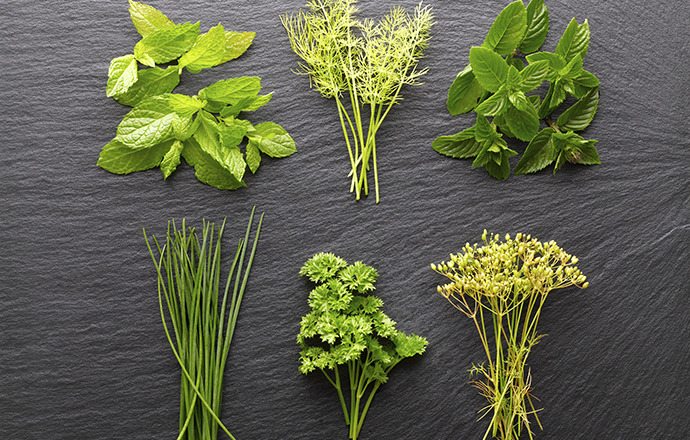
With "nose-to-tail" flying around the culinary scene like a swarm of bees, it was only a matter of time until the ethos of full, purposeful utilization made its way into the world of vegetable scraps. In this series, Tasting Table talks to food experts who are treating former cast-offs like broccoli stems, potato peels, or cabbage cores as ingredients to be cherished.
Justin Yu opened Houston's Oxheart in 2012 with a focus on the bounty of the Gulf Coast. His approach creates luxury from what may seem like unremarkable ingredients, lending them new weight through clean and focused cooking. "It just takes a little extra thought to figure out how to make vegetable skins, stalks, or roots taste good," he says.
Yu is constantly experimenting with new ways to use all parts of the vegetable. "Like any new ingredient, I eat [scraps] plain first, to see if there's something I really like about it and can work with." But, he cautions, roots and stems do get trimmed for a reason: "Sometimes it really tastes like nothing and you should just compost it," he says. In other words: if it tastes good, eat it, but remember that it's okay to call a spade a spade or, in this case, a scrap a scrap. The next time you're staring defeatedly at a pile of onion skins, fear not: Yu has some tips on getting started.
Parsley Stems
Use the stems from soft, leafy herbs to add understated freshness and texture. Riffing on the classic combination of chicken with gremolata, Yu likes to poach chicken, then coat it in a combination of garlic, lemon juice, and parsley stems. "The parsley stem is nice because it's milder than the leaf and has a nice crunch," Yu says.
Pear Skins
Next time you poach pears, don't cast off the peelings. Yu dries the skins in a low oven (just leave the pilot light on for gas, or keep an electric oven at its lowest setting with the door slightly ajar) and turns them into seasoning. "Dried and ground into a powder, they have a smoky, almost candied flavor," he says. "They're great to dust over fresh foods for more complexity."
Potato Skins
Roast red new potatoes for an hour at 275ºF, scoop out the flesh for another use, then dry the skins in the oven overnight using the low-oven method above. Now you have concentrated potato skin discs that, when reconstituted with hot water, make a rich broth that can form the base of many dishes. Yu recently added a dish of eggplants braised in potato skin broth, glazed with a reduction of the same broth enriched with cream, to the menu at Oxheart. "It tastes like the bottom of a potato chowder pot after dinner, in the best way," he says.
--
We're focusing on solutions to fight food waste all month long! Get the full coverage here.
This article originally appeared on Tasting Table, the official media partner of JBF Greens.




-57 web.jpg)


